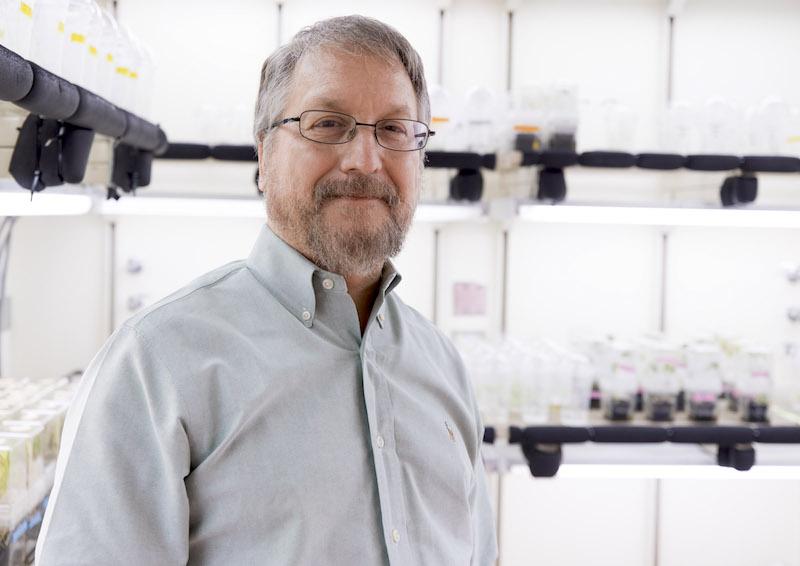3 min Read
Innovature sat down with Dr. Wayne Parrott, long-time professor of crop and soil sciences at the University of Georgia, to get his take on the latest advancements in plant breeding and what they could mean for the future of everything from global energy supplies to our home lawns.
When asked why he chose his career, Parrott says, he didn't, the career chose him. "There was never any question this is what I wanted to do," he explains. "I grew up around agriculture and the diversity within plants really led me to become interested in genetics in high school."
Parrott and his colleagues at UGA's Institute of Plant Breeding Genetics and Genomics are engaged in a pipeline of work ranging from discovery of important genes in plants, all the way to using that discovery to develop improved crop varieties. He says their ultimate goal is to solve challenges, by finding traits, or characteristics, that can be used to improve crops. His work specifically focuses mainly in three areas: soybeans, bioenergy, and turfgrass.
Whether using traditional plant breeding, or newer methods like gene editing, a key theme across all of his work, is sustainability. In soybeans, that means farmers having access to new varieties with built-in insect resistance. In bioenergy, it translates to better energy alternatives, like switchgrass, that can produce more ethanol per plant. For turfgrass, it means healthier and hardier home lawns that require less maintenance and fewer inputs.
[quotation align="full or left or right" source="Richard Frank" attribution="Editor, Gastronomica"]
"We now have much more knowledge about plants' genes and have the ability to access - and enhance or minimize - specific characteristic," explains Parrott. "With gene editing, we can do it better, more efficiently and more sustainably."
[/quotation]
In addition to general sustainability benefits, Dr. Parrott says tools like gene editing have very-real potential to address challenges like climate change. He explains that they can do this in a couple of ways. One way, is by adapting crops to changing climate conditions more rapidly than we've ever done in the past. "If you're now in an area that's hotter or wetter or colder or saltier, we can tailor crops to it," he says. In addition to climate adaptation, gene editing can also play a key role in climate mitigation - by developing crops specifically designed to store carbon; or in the case of bioenergy, crops that play a role in recycling carbon.
So how would a plant scientist like Dr. Parrott explain gene editing? In essence, he says, gene editing is like editing text - we can add, remove, or change text. We do the same with genes in crop plants, except the technology available has been clunky and slow. So, modern gene-editing technology gives us a more efficient method to do some of the plant breeding we've been doing for hundreds of years. "It's a way of making plants better, by removing unwanted characteristics - like disease susceptibility - or breeding for better ones - like taste, nutrition or yield."
When it comes to gene editing, it's clear that the potential is real, and the possibilities are endless.
"We now have much more knowledge about plants' genes and have the ability to access - and enhance or minimize - specific characteristics," explains Parrott. "With gene editing, we can do it better, more efficiently and more sustainably."

